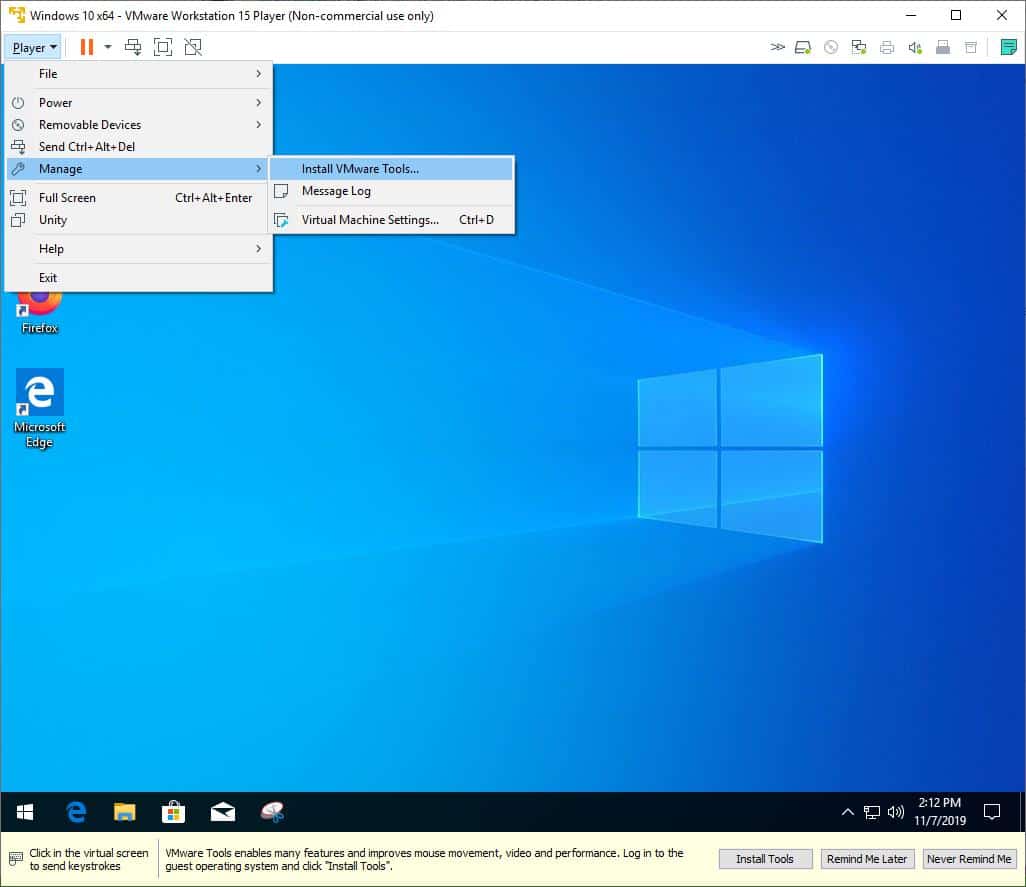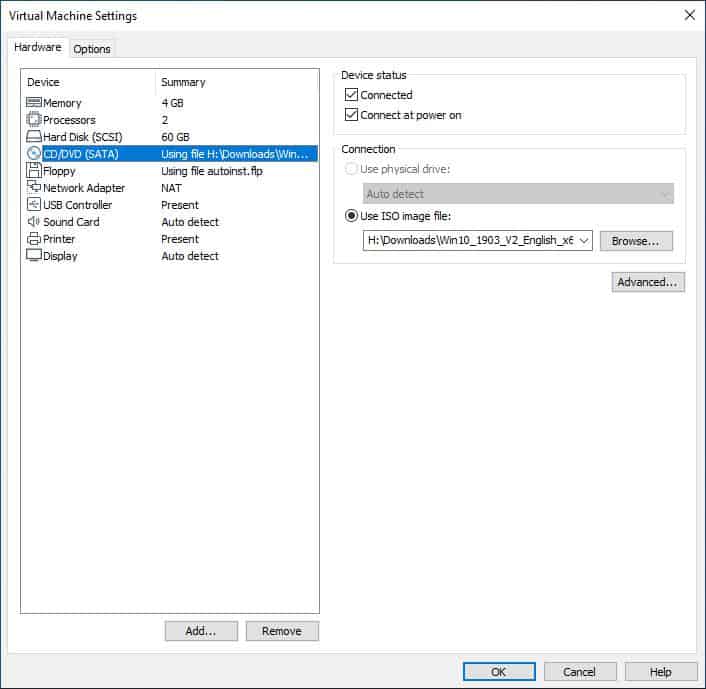
- #How to remove windows partition with vmware on mac how to#
- #How to remove windows partition with vmware on mac mac os#
- #How to remove windows partition with vmware on mac install#
- #How to remove windows partition with vmware on mac password#
Thus, with your daily use, the Bootcamp partition might run out of the free space quickly Then, it is necessary to increase the Bootcamp partition to make it bigger.įor this, you can delete the current Bootcamp partition and create a new bigger one again, but that will delete all data and you have to reinstall Windows operating system and other programs from scratch. You may underestimate the size of the Bootcamp partition when you creating the partition for Windows.
#How to remove windows partition with vmware on mac install#
Why Need to Resize your Bootcamp Partition?Īfter you create a NTFS Bootcamp partition using Boot Camp Assistant, you can install Windows on this Bootcamp partition.
#How to remove windows partition with vmware on mac mac os#
The Apple’s Boot Camp Assistant provides you with 3 functions to run Windows on Mac, including help you to partition your Mac hard drive into 2 partitions (the Mac hard drive must be formatted as Mac OS Extended), install Windows device drivers for Apple hardware and allow you to select which operating system to boot. Speaking of Bootcamp partition, you have to know the Boot Camp Assistant. Mac runs on Mac OS X, and Windows runs on NTFS. Why you need to create a new partition on your Mac? That’s because the Windows and the Mac works on different format. Why you want to install and run Windows on a Mac computer? If you want to install some applications that only work on Windows or just want to make it different from OS X something like that, it’s a good choice for you. Restart your macOS.What is Boot Camp Assistant and Bootcamp Partition?īootcamp partition is a NTFS partition for installing Microsoft Windows operating system on an Intel-based Macintosh computer. The following files/folders of VMware Fusion, you need to use “rm” command to delete on the Terminal.ħ. Locate any folders that are named the following names and drag them to the Trash.
#How to remove windows partition with vmware on mac password#
if user password is required, enter it.ĥ.Then, hold an Option key while the Finder’s Go is being selected. Find the VMware Fusion icon, right-click on it and select Move to Trash.


Switch to the Finder again and select Go -> Applications from the Finder menu. On the main window of Activity Monitor, find the entry for VMware Fusion Applications Menu, VMware Fusion Start Menu, vmware-docker, VMwareVMCI, vmioplug, vmmon, vmnet, VMware Fusion select them and click Quit Process.Ĥ. Locate the Activity Monitor icon and double-click on it.ģ. Switch to the Finder and select Go -> Utilities from the Finder menu.Ģ. The steps listed below will guide you in removing VMware Fusion:ġ. Use manually removal solution to remove VMware Fusion in your macOS VMware Fusion will be automatically and completely removed. Click “Run Analysis”, and then “Complete Uninstall”. VMware Fusion icon will be displayed on the Apps listview of MacRemover, and click on it.ĥ. Locate the MacRemover icon and double-click on it.Ĥ. Switch to Finder and select Go -> Applications from the Finder menu.ģ. Use automatically removal solution to remove VMware Fusion in your macOSĢ.
#How to remove windows partition with vmware on mac how to#
Video: How To Automatically Remove VMware Fusion by MacRemover?

:no_upscale()/cdn.vox-cdn.com/uploads/chorus_asset/file/3914686/Screen_Shot_2015-07-28_at_1.35.31_PM.0.png)
Fusion is simple enough for home users and powerful enough for IT professionals, developers and businesses. VMware Fusion lets users run Windows and hundreds of other operating systems on a Mac, without rebooting. This tutorial contains an automatically removal solution, a manually removal solution and a video is provided which teach you how to remove VMware Fusion by MacRemover. This is an effective tutorial that helps you learn how to remove VMware Fusion on your macOS and Mac OS X.


 0 kommentar(er)
0 kommentar(er)
